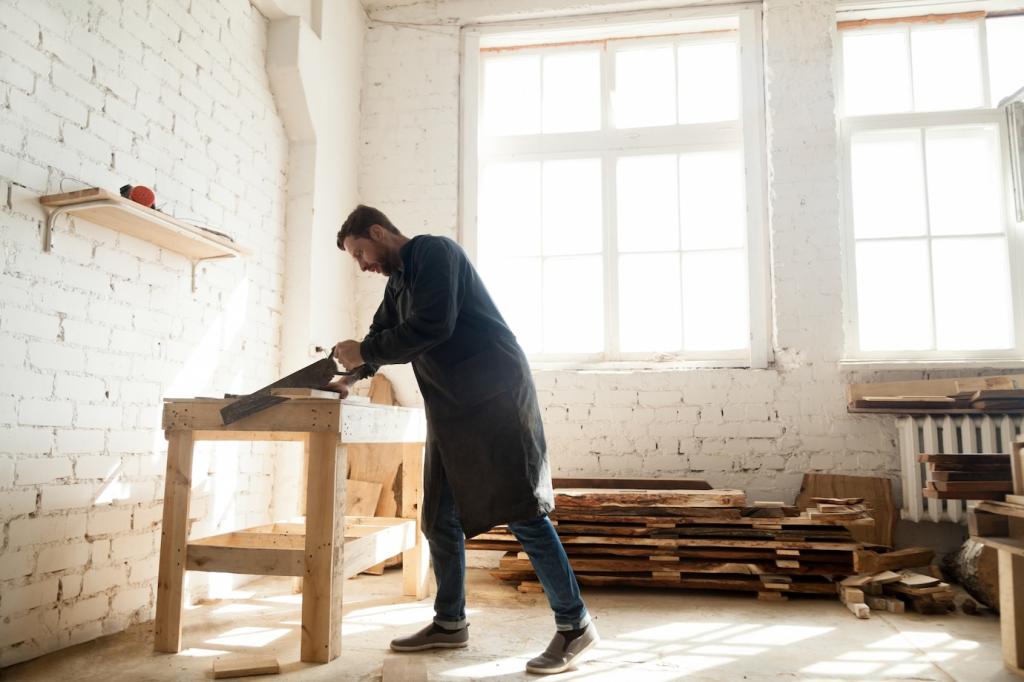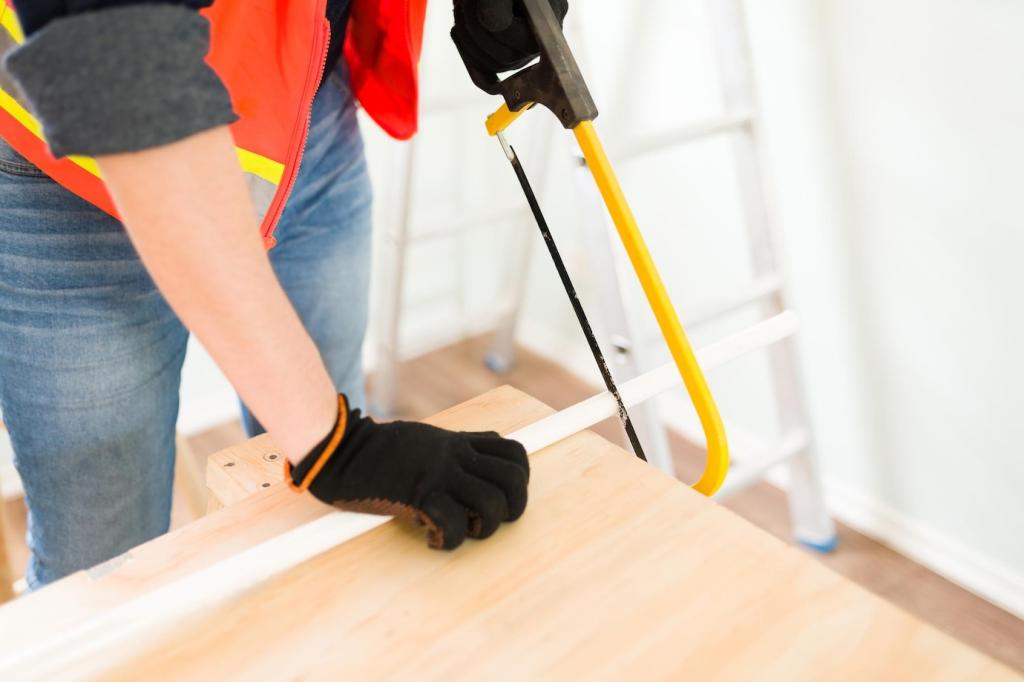Drying, Blocking, and Finishing with Care
Transfer the textile onto a clean towel or mesh support, then blot without pressure. Dry flat with gentle airflow, away from sun and heat. Replace damp blotters as needed. Patience ensures stains lift without stretching delicate antique fabric weaves.
Drying, Blocking, and Finishing with Care
While still slightly damp, align edges and motifs, supporting seams with muslin. Use stainless pins only through support layers, never directly into fragile fibers. Minimal tension restores shape while protecting the historic geometry of lace, embroidery, and handwoven antique fabrics.








